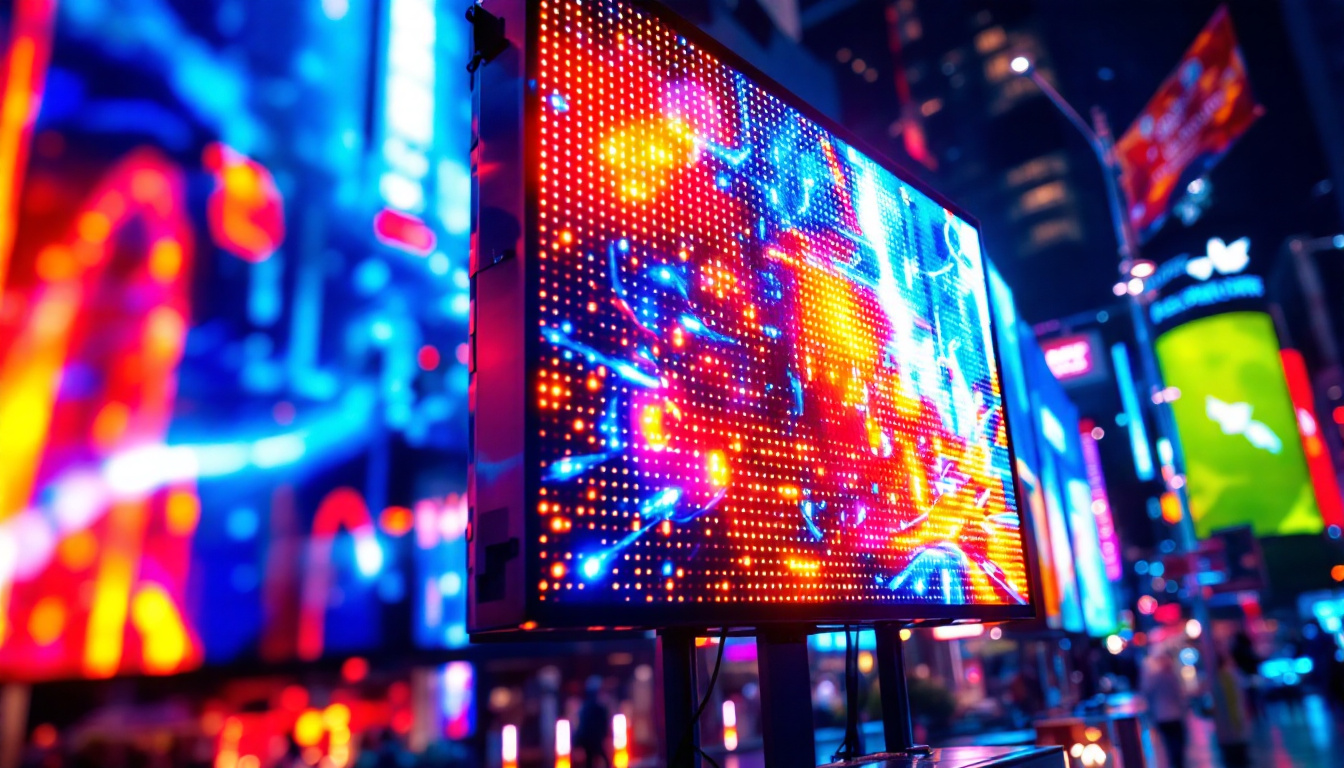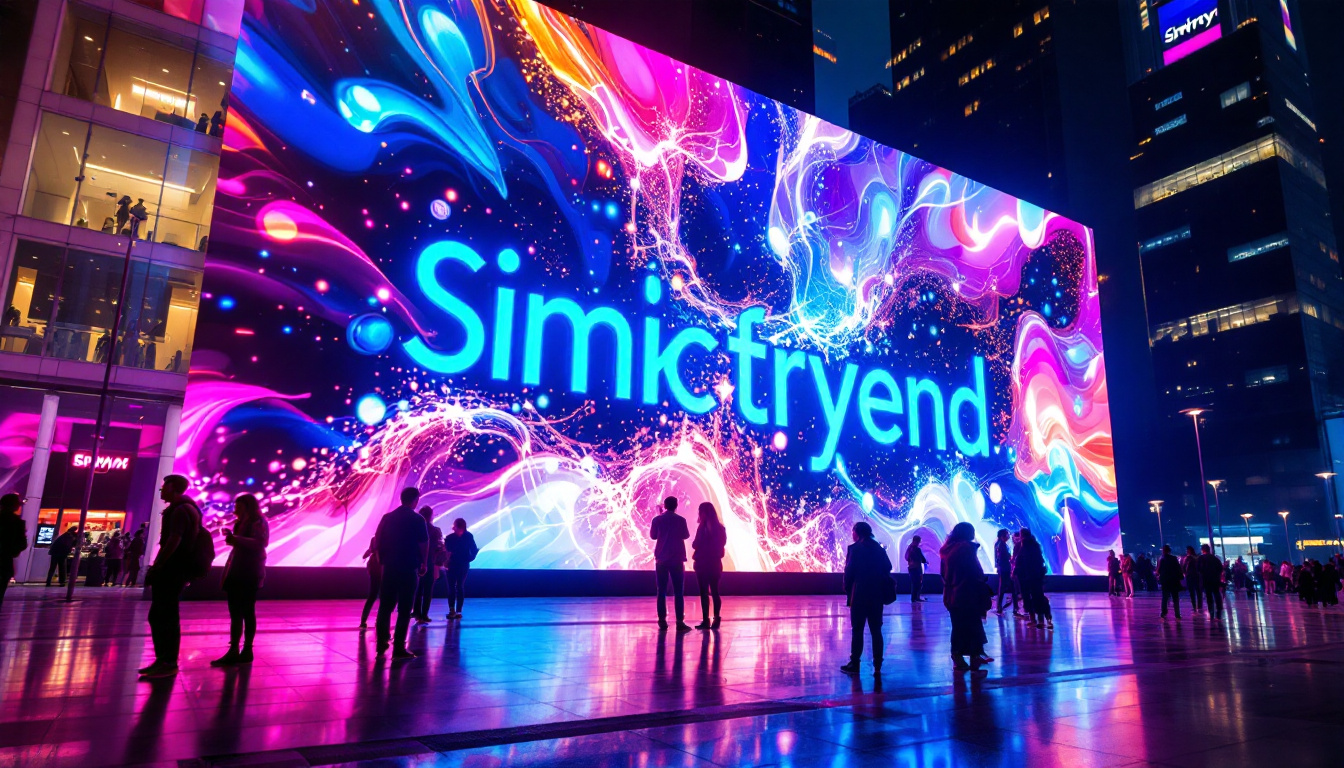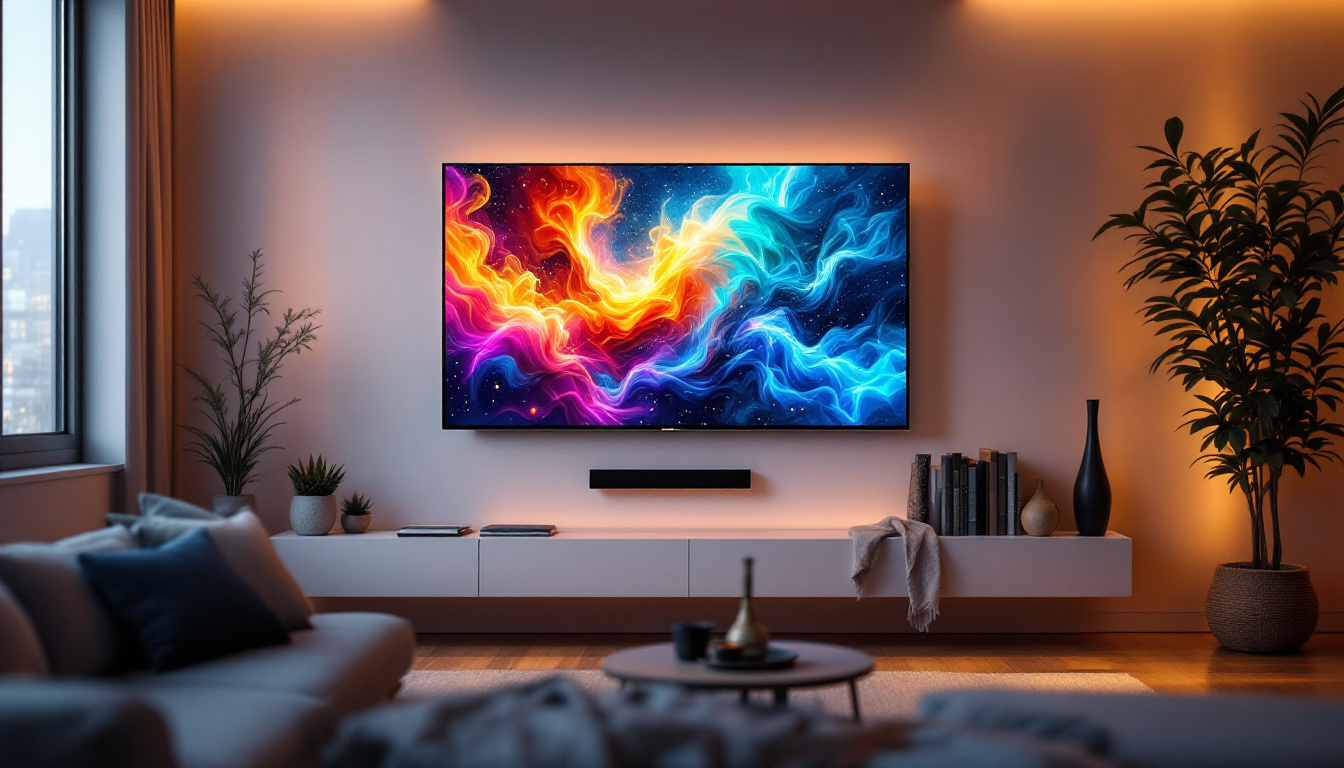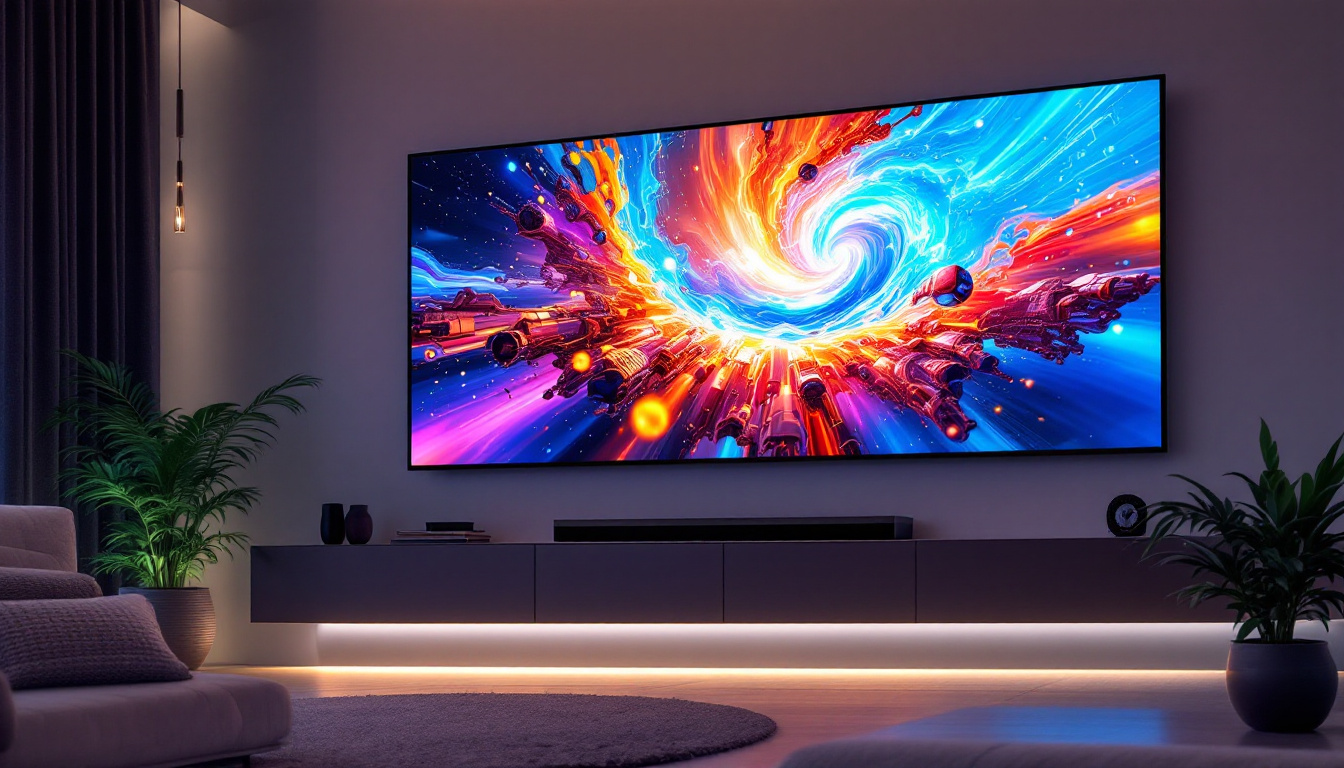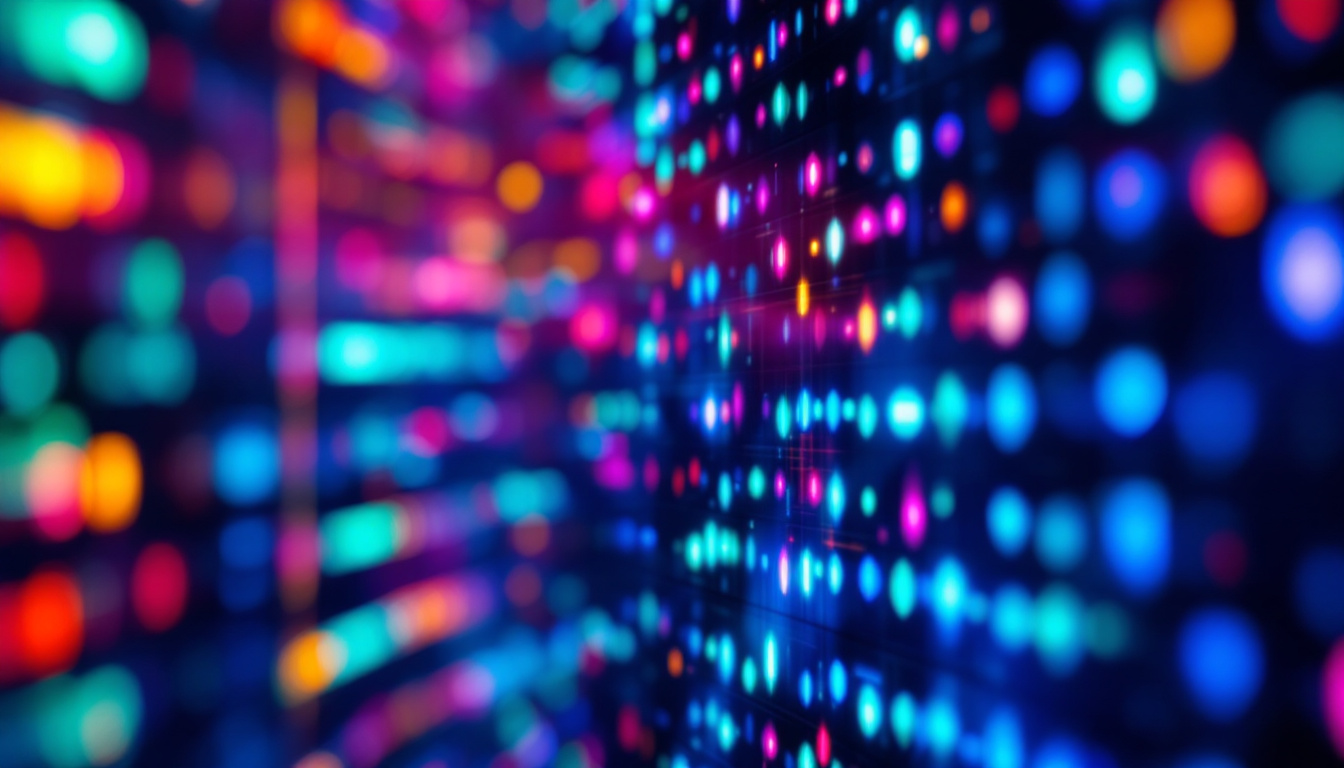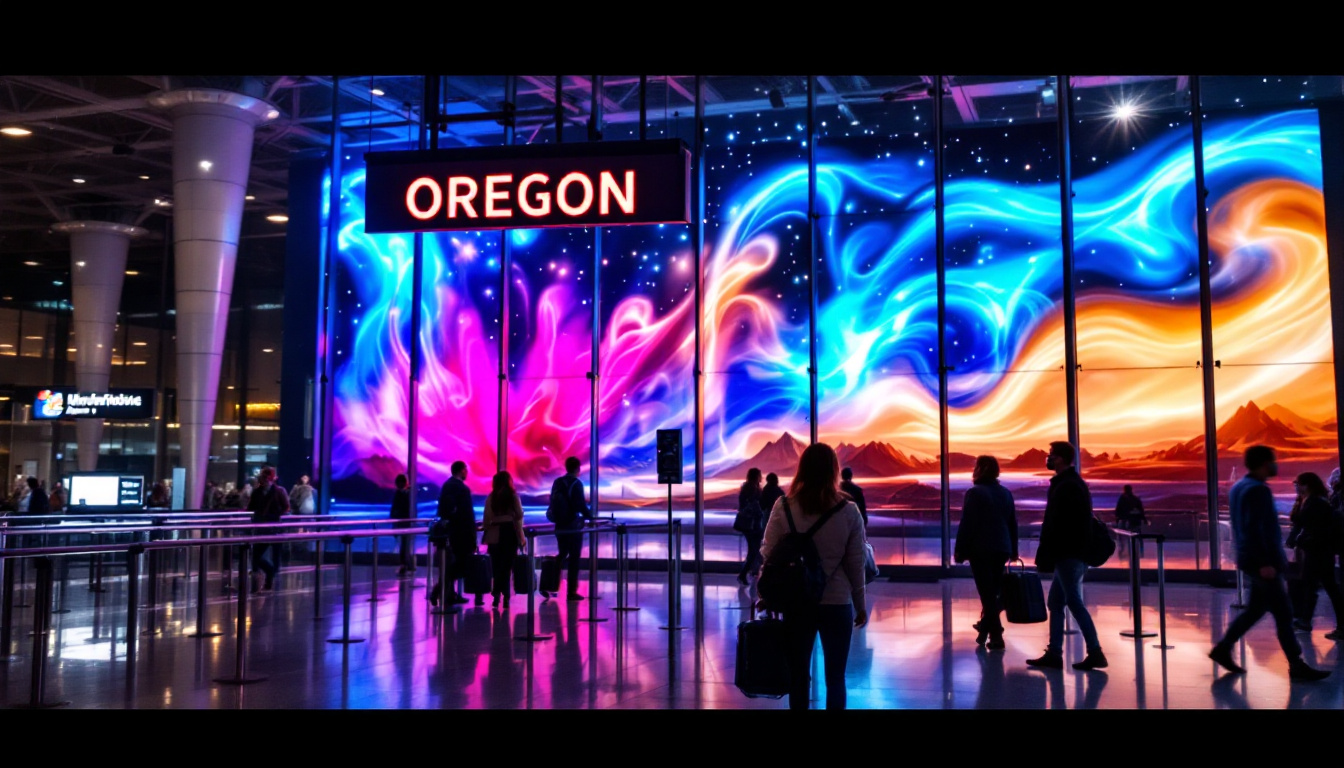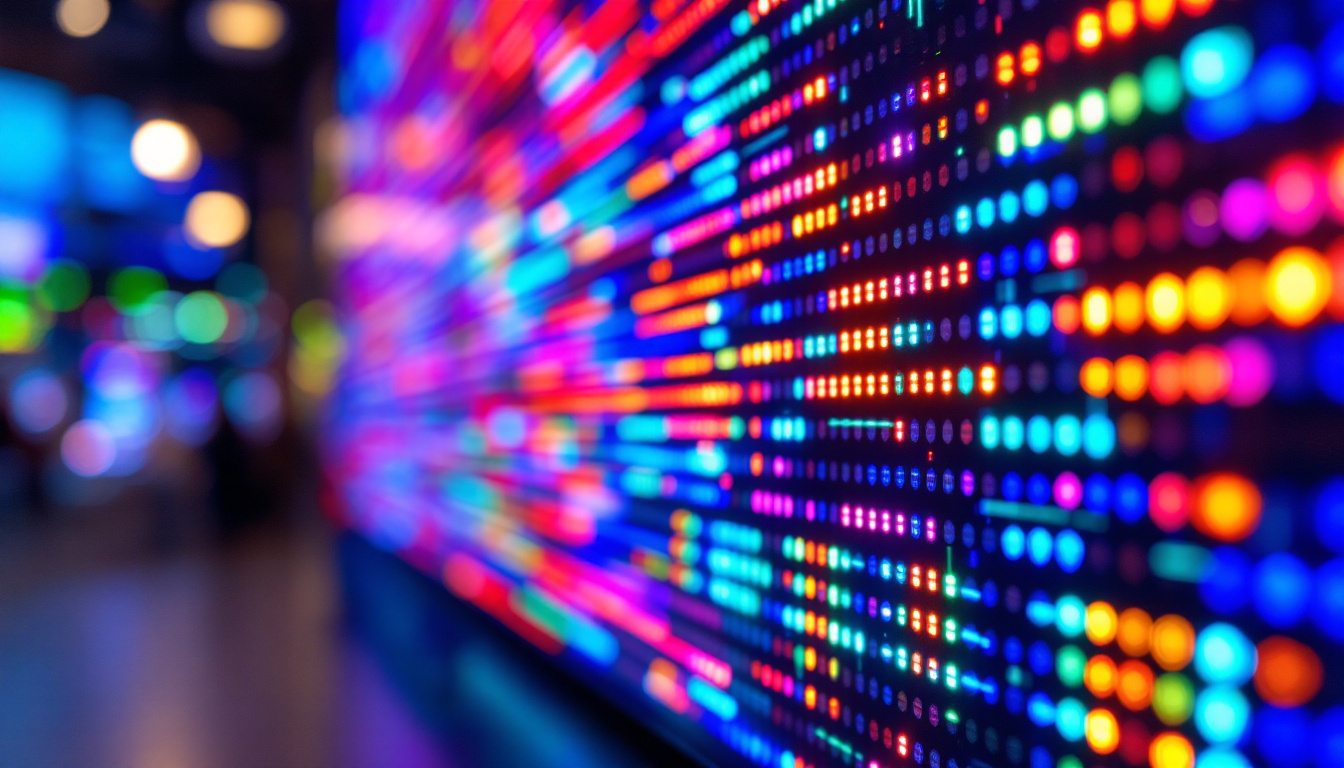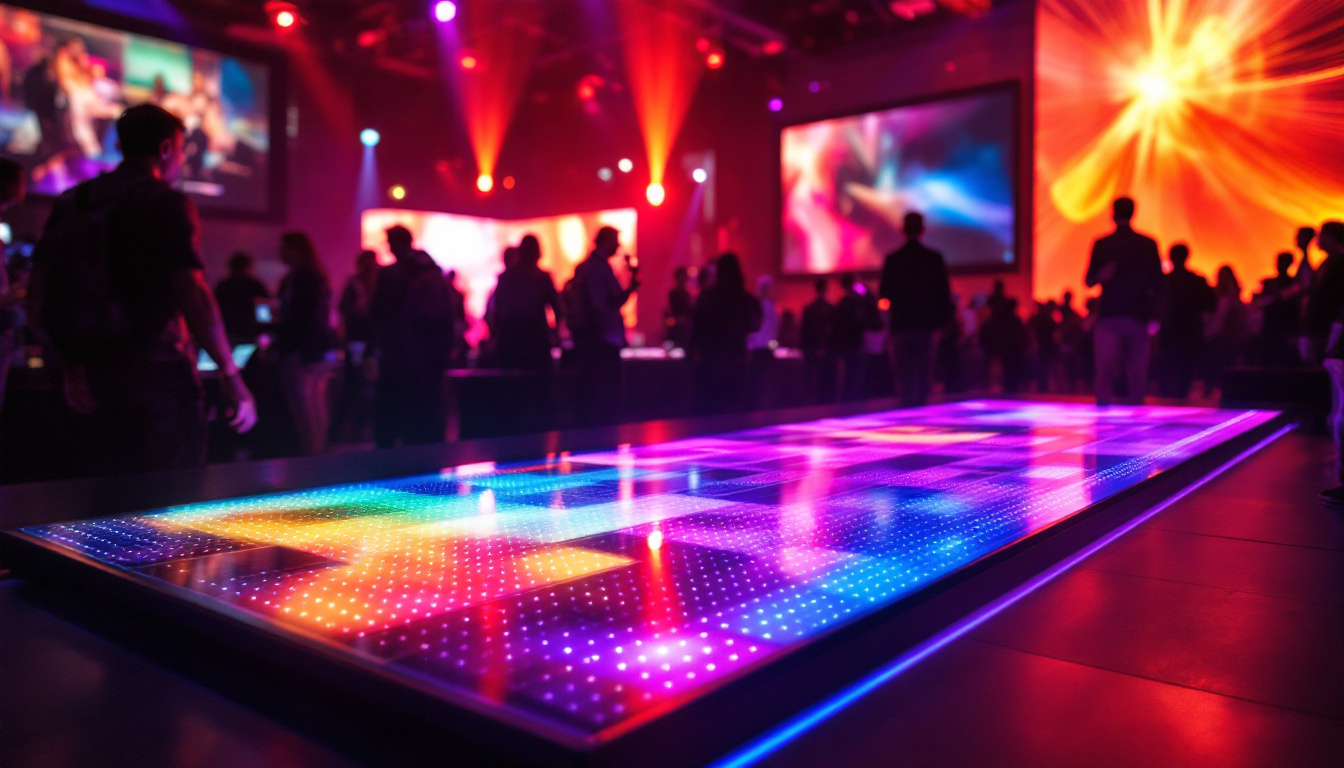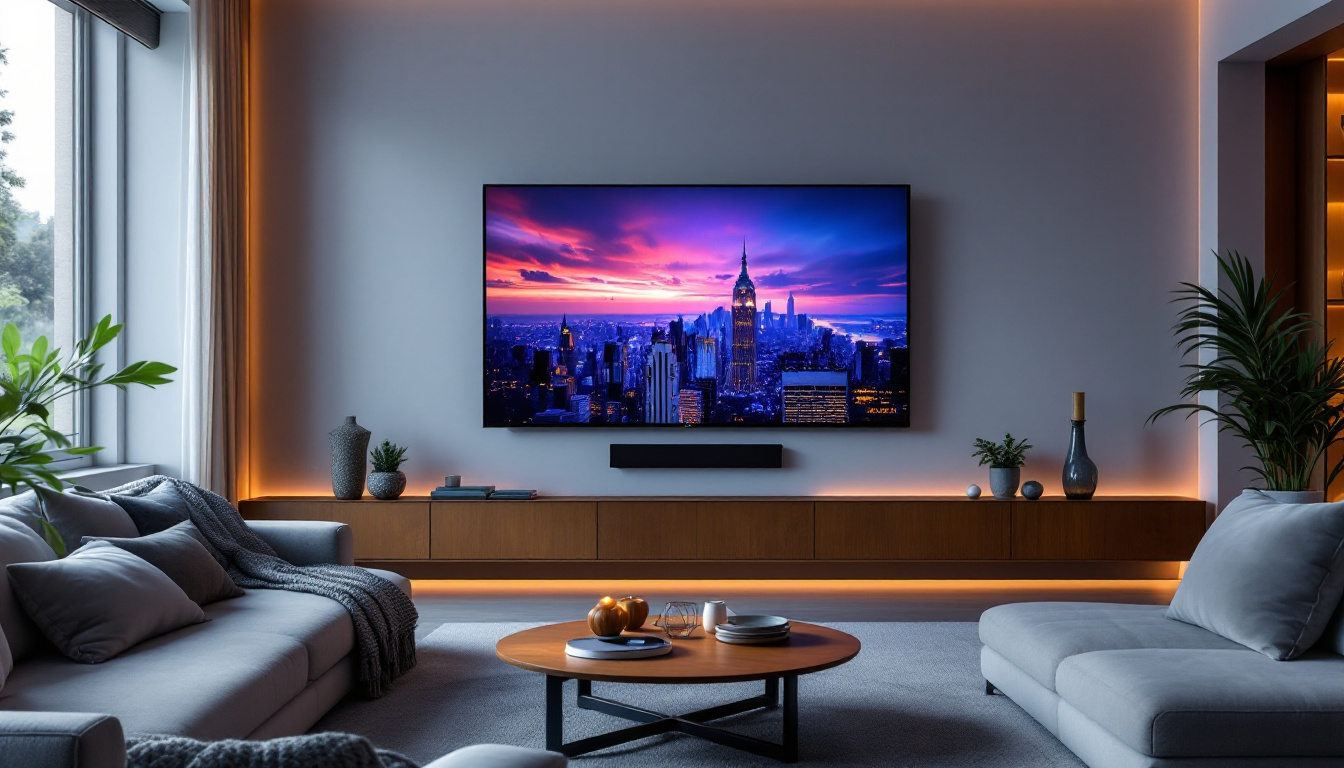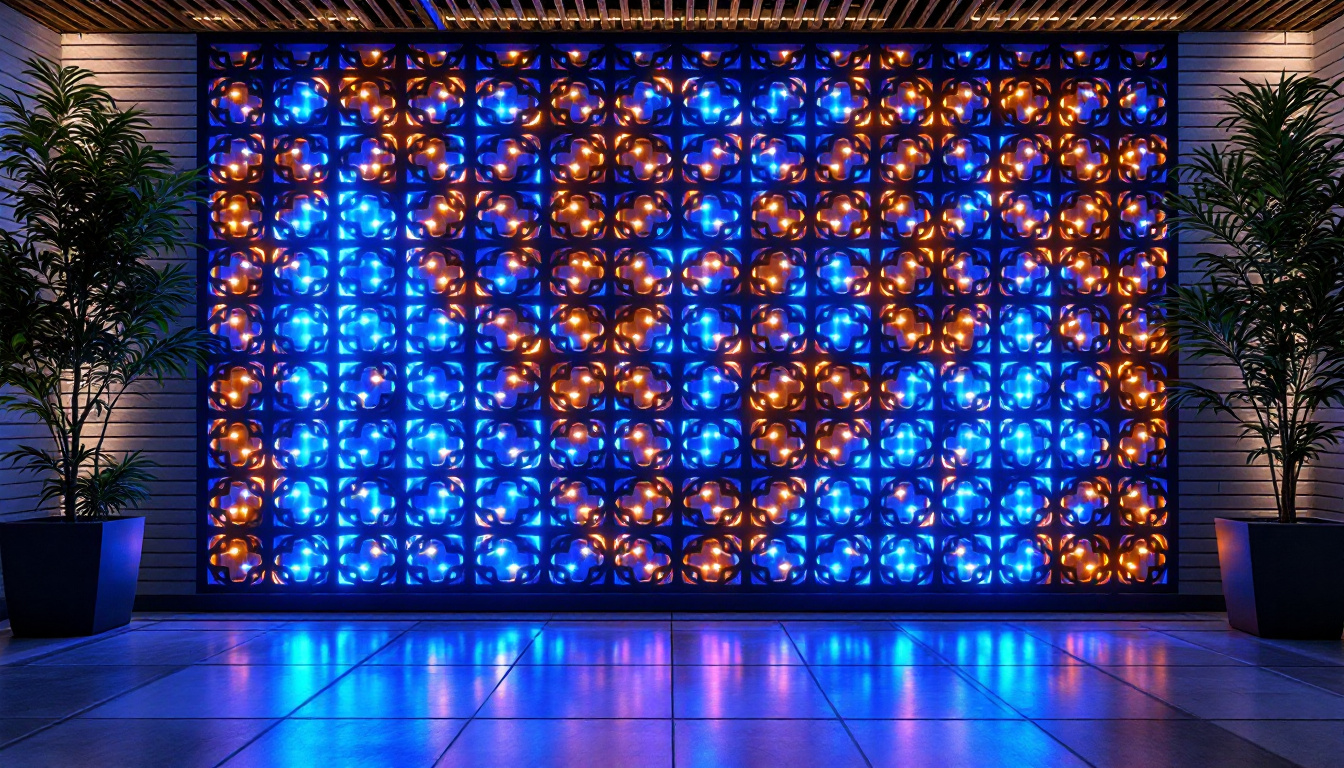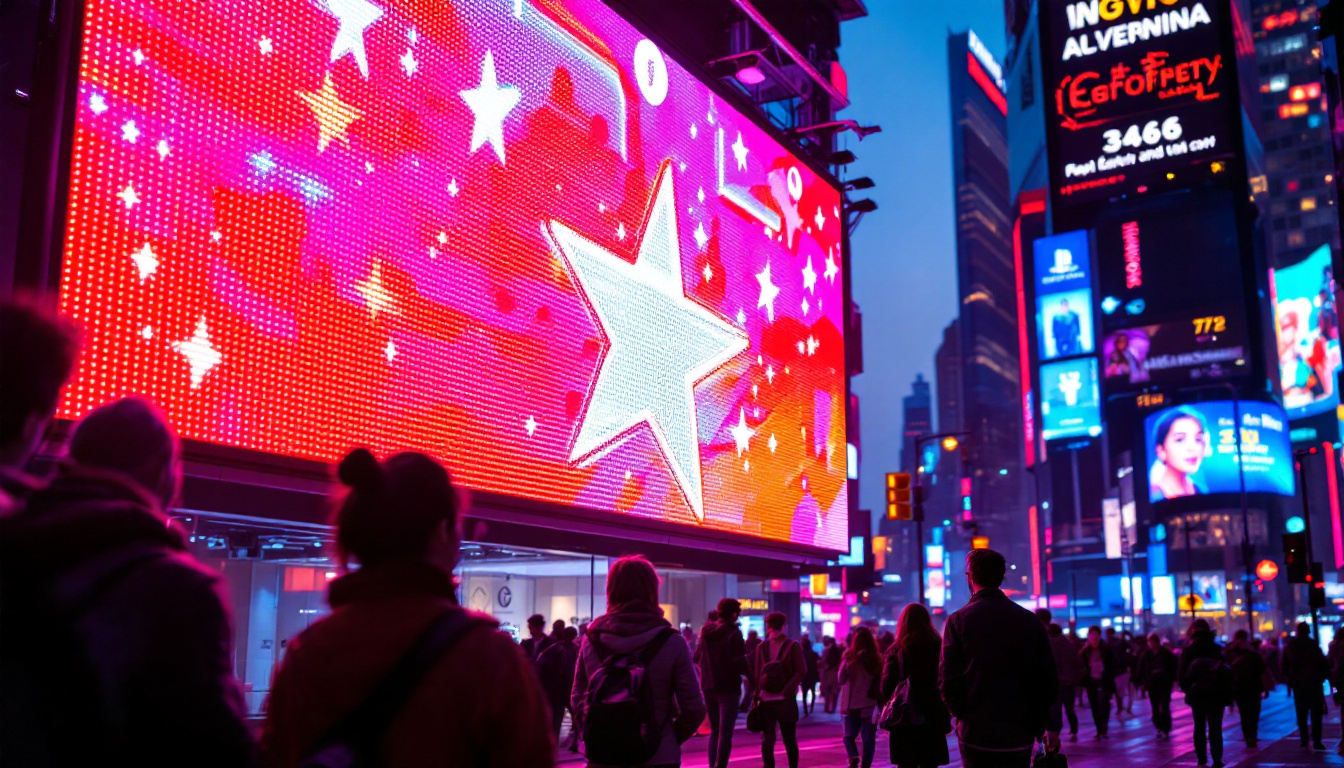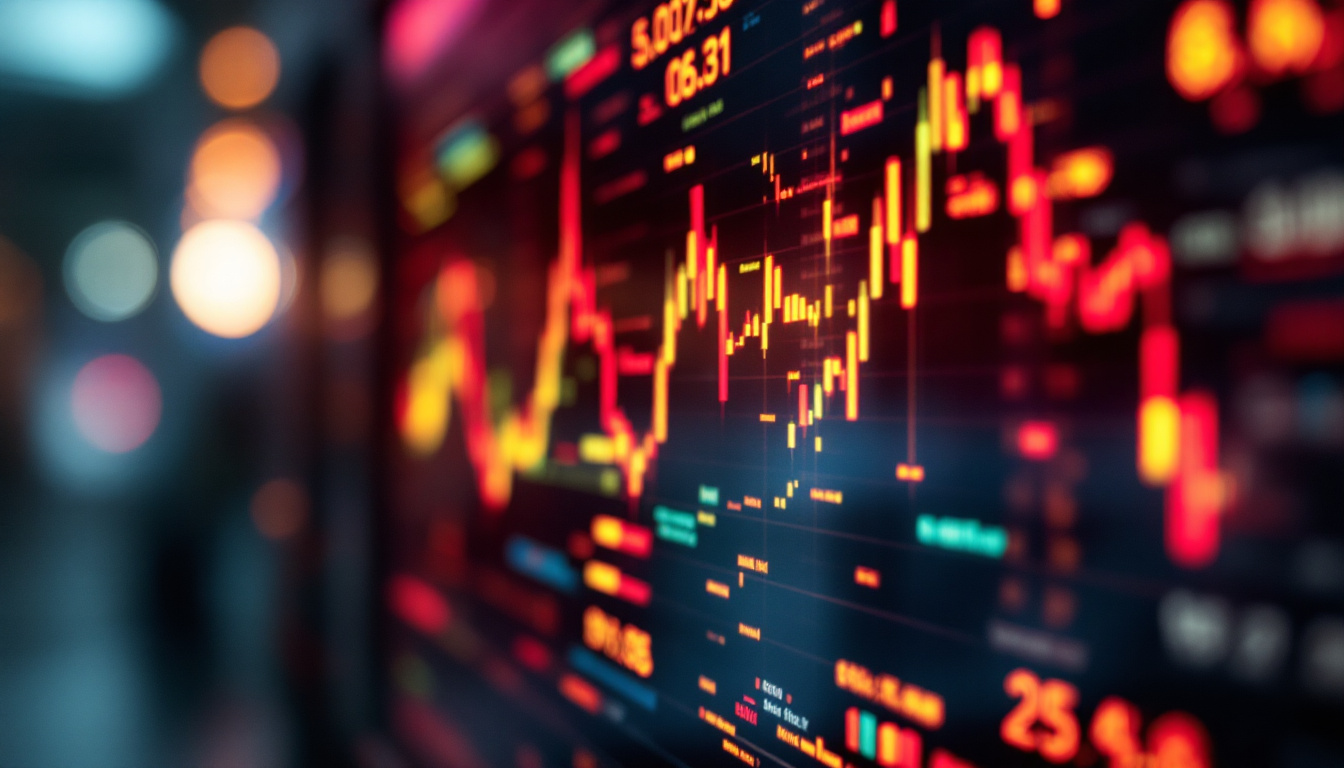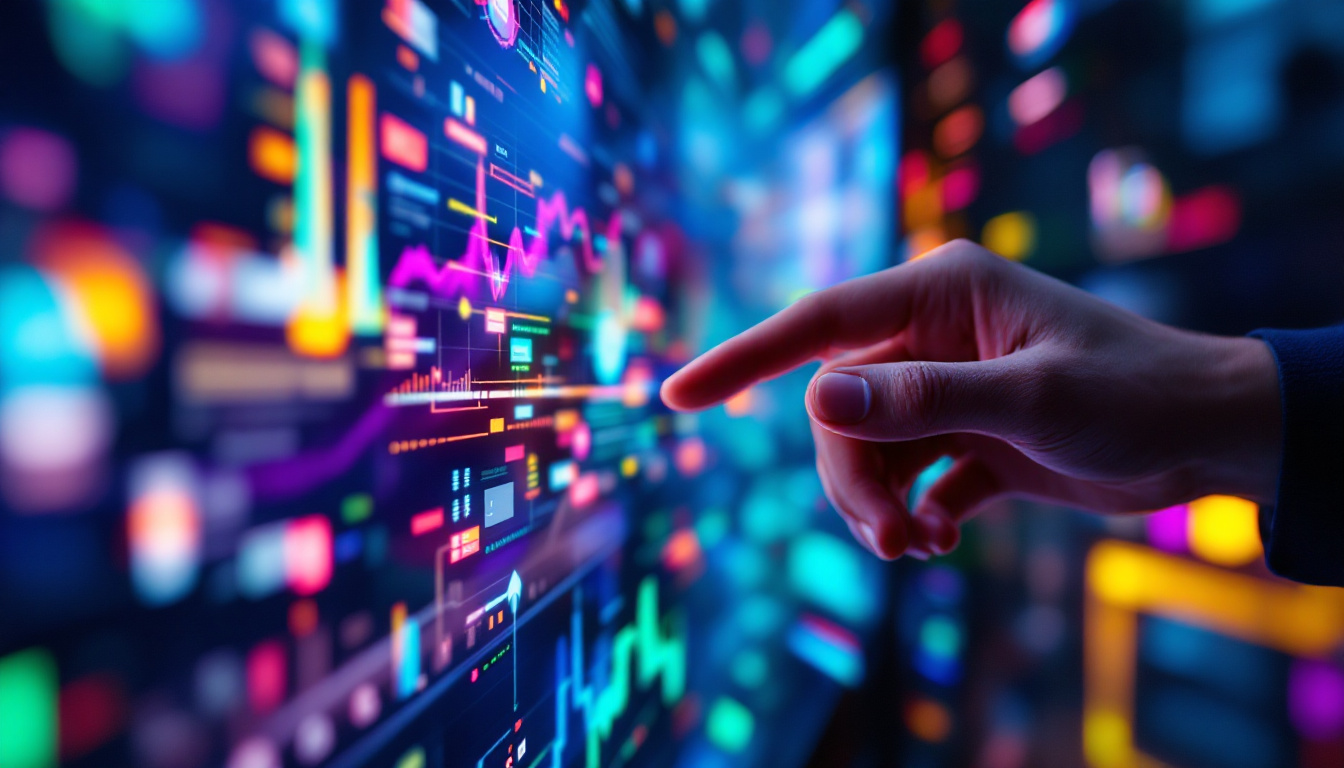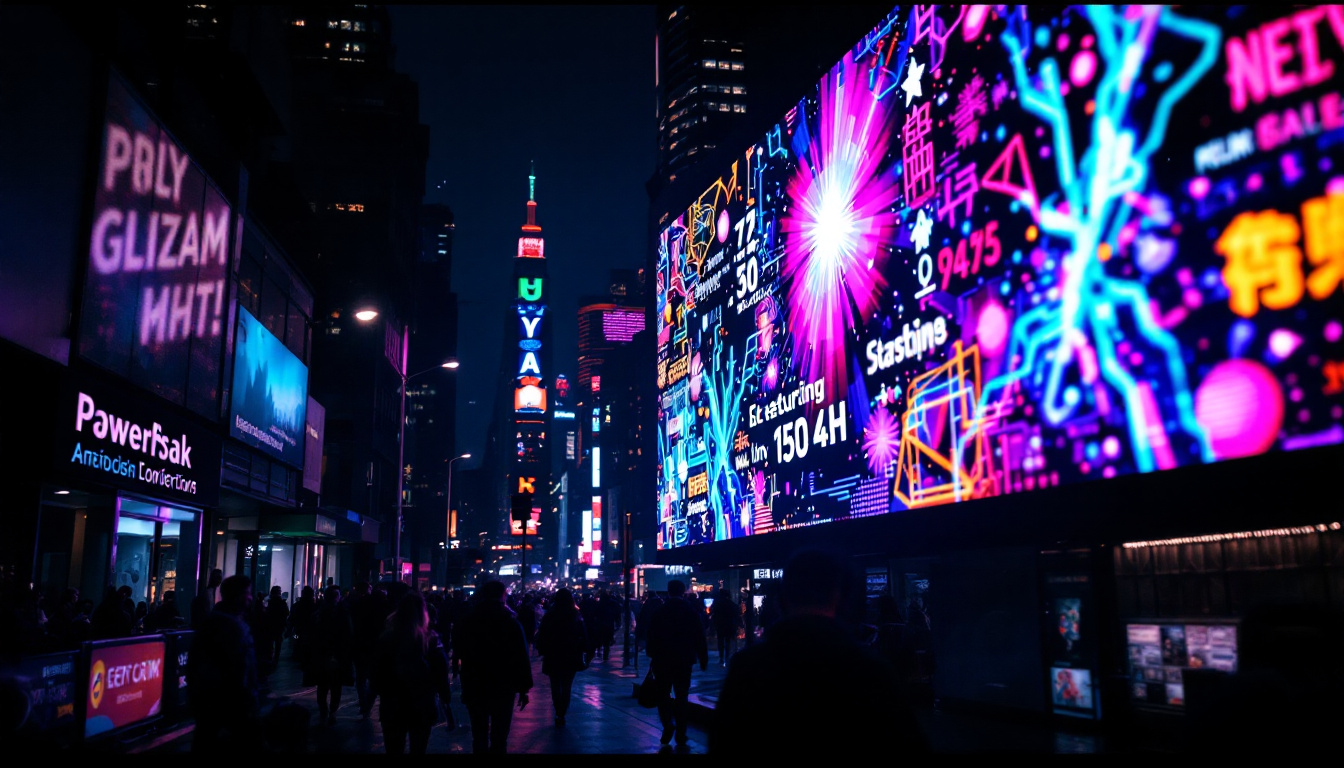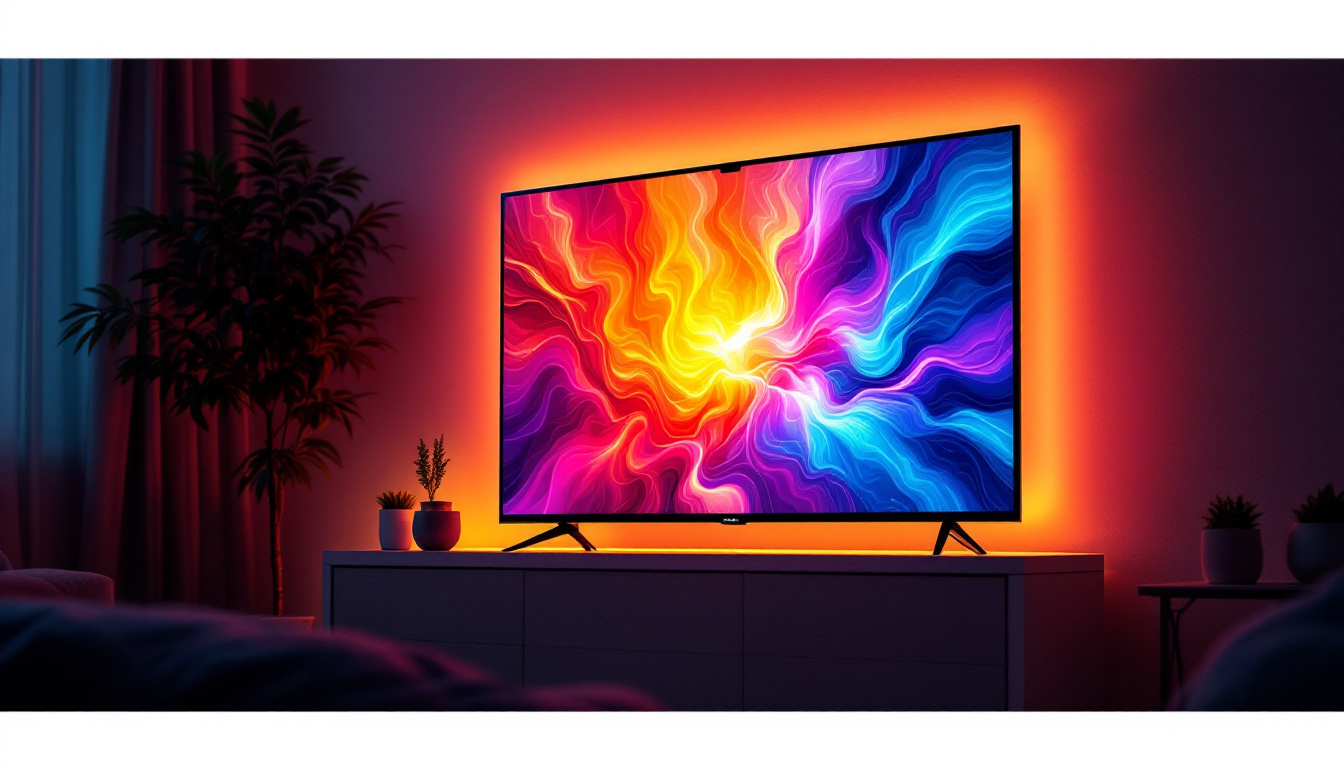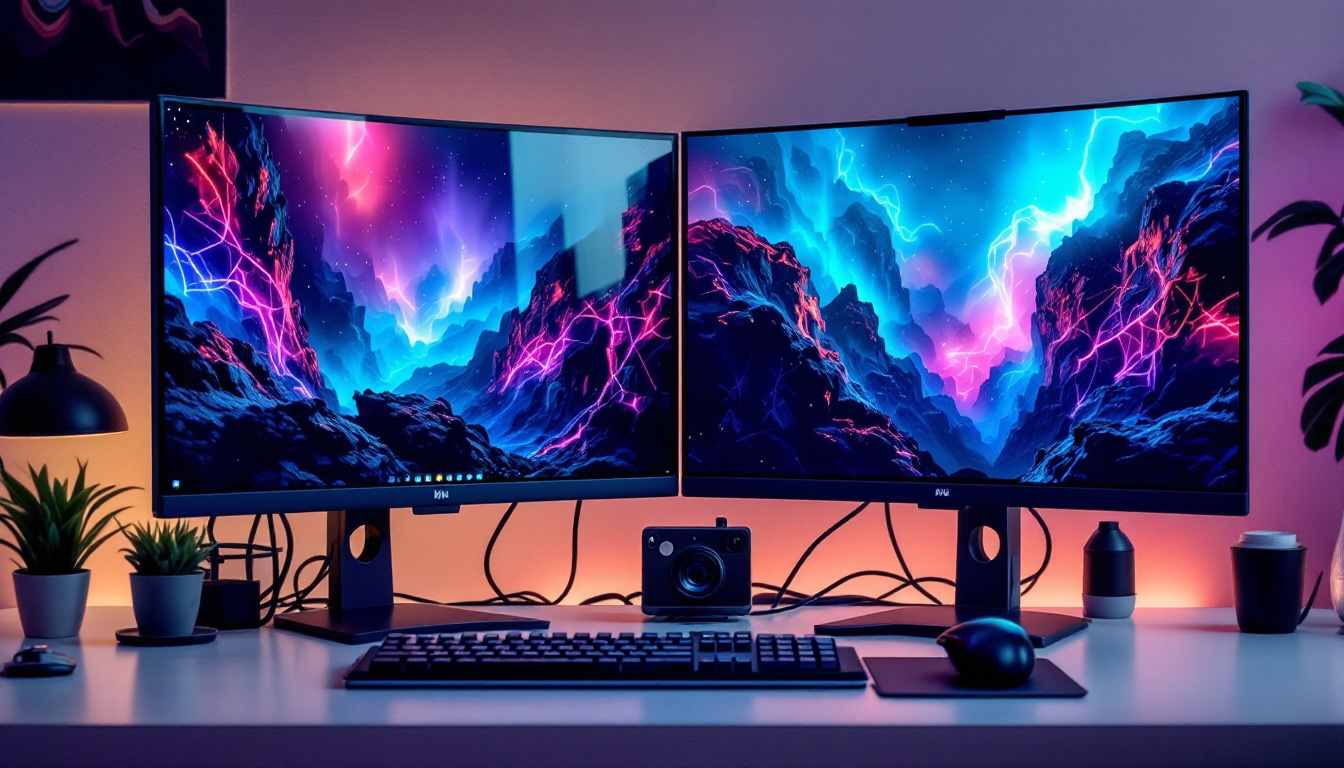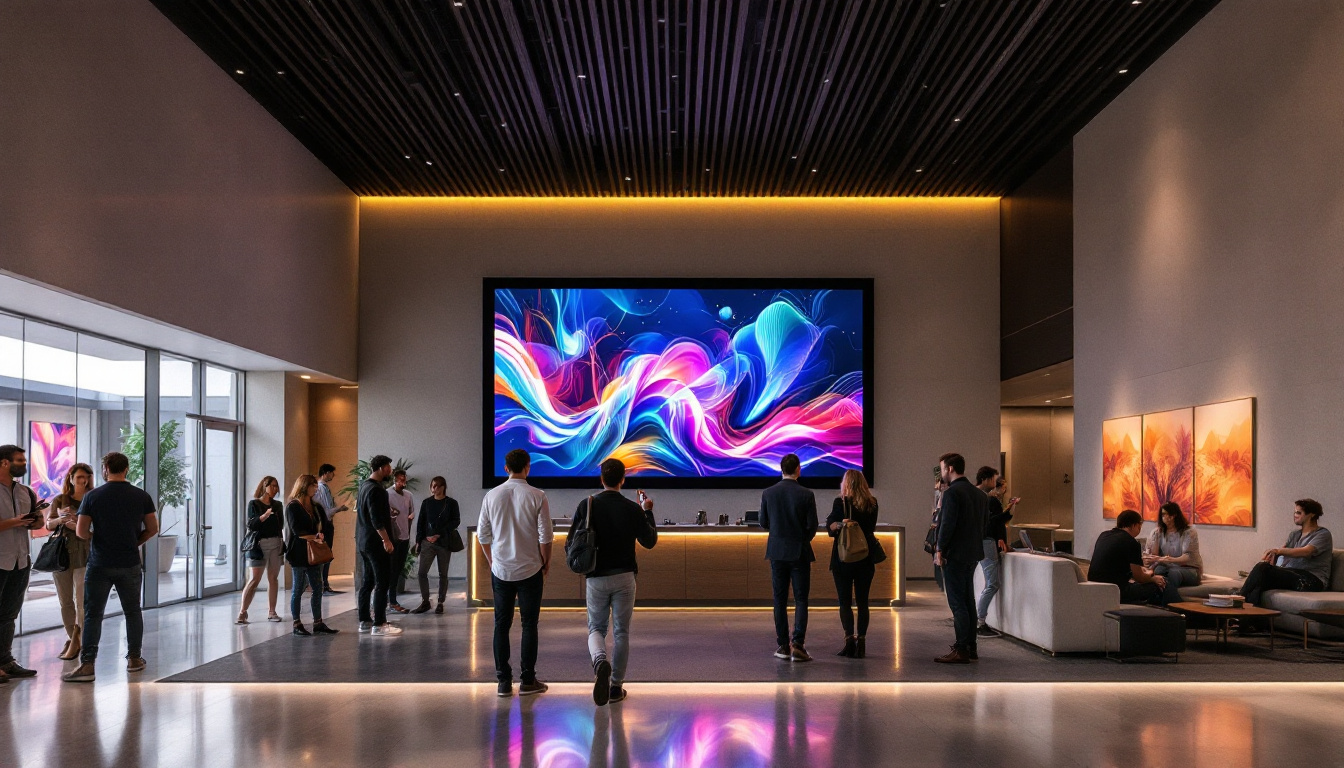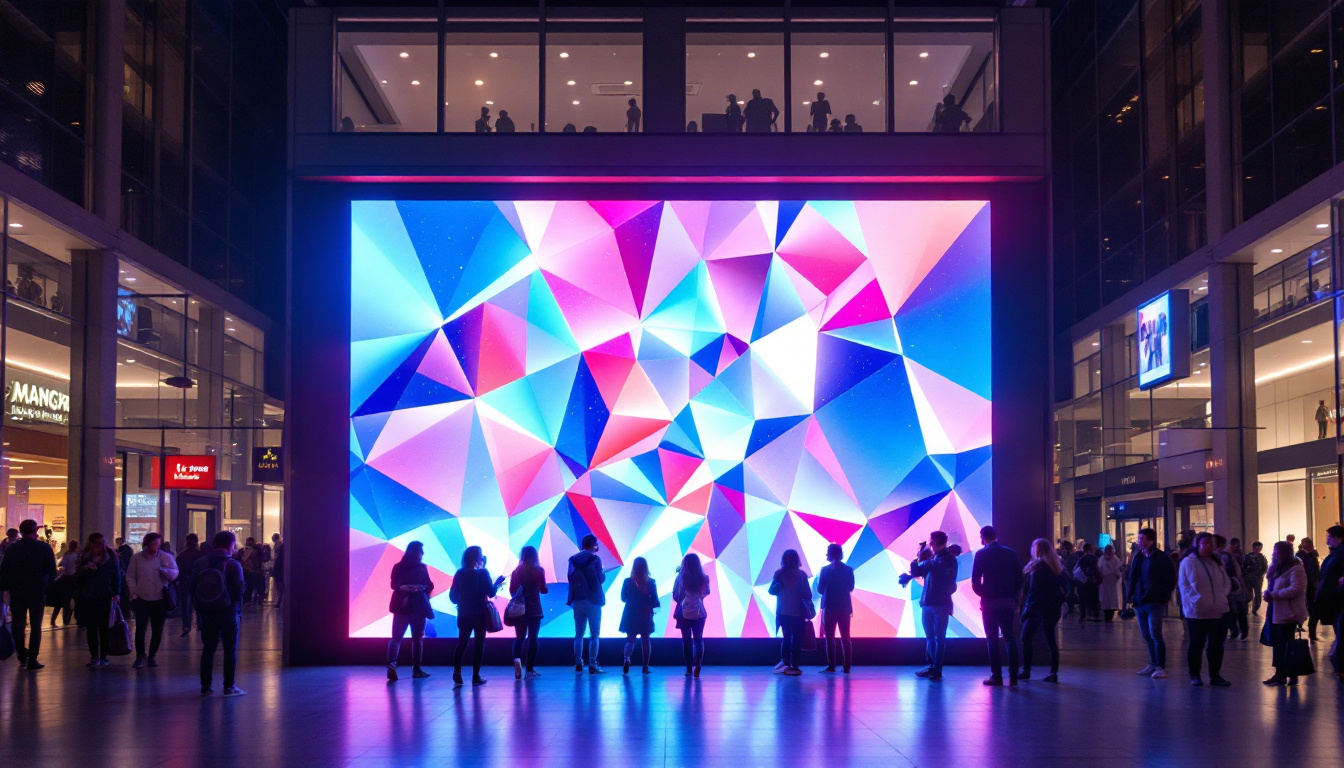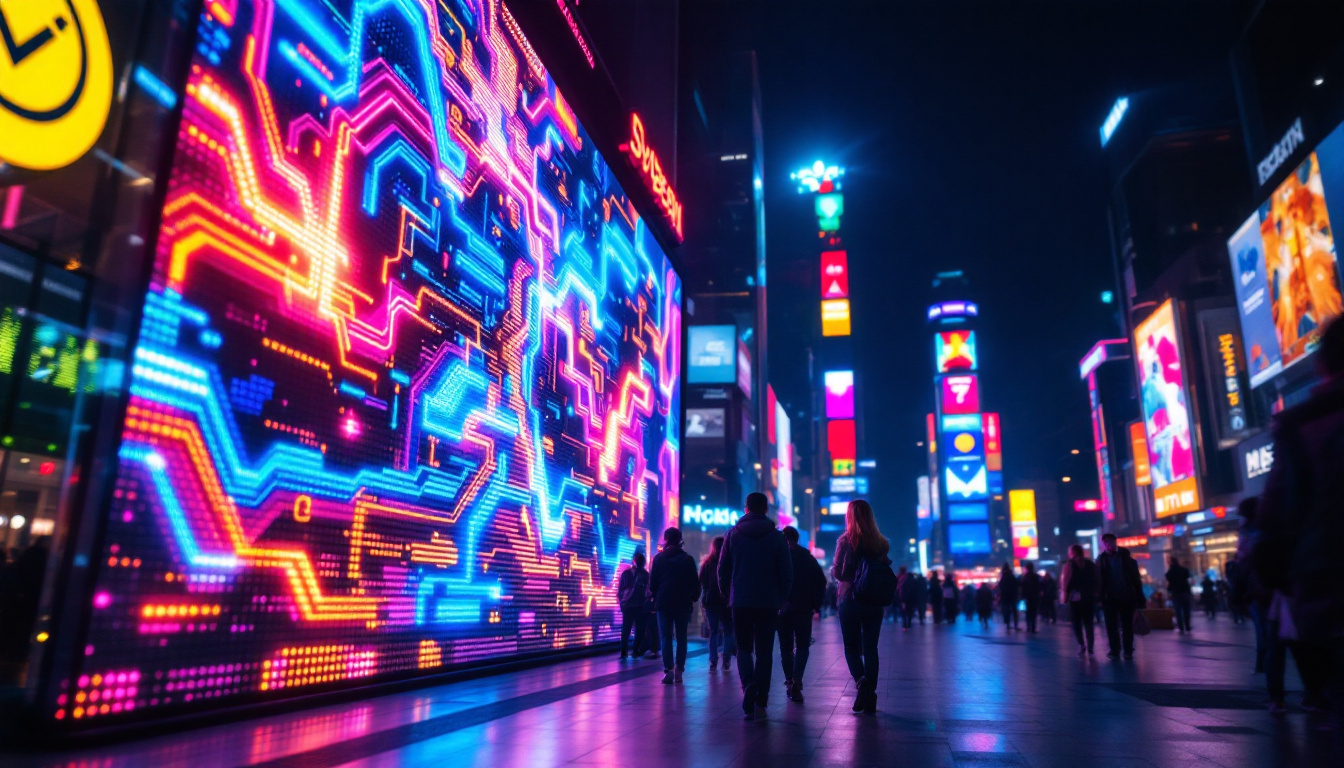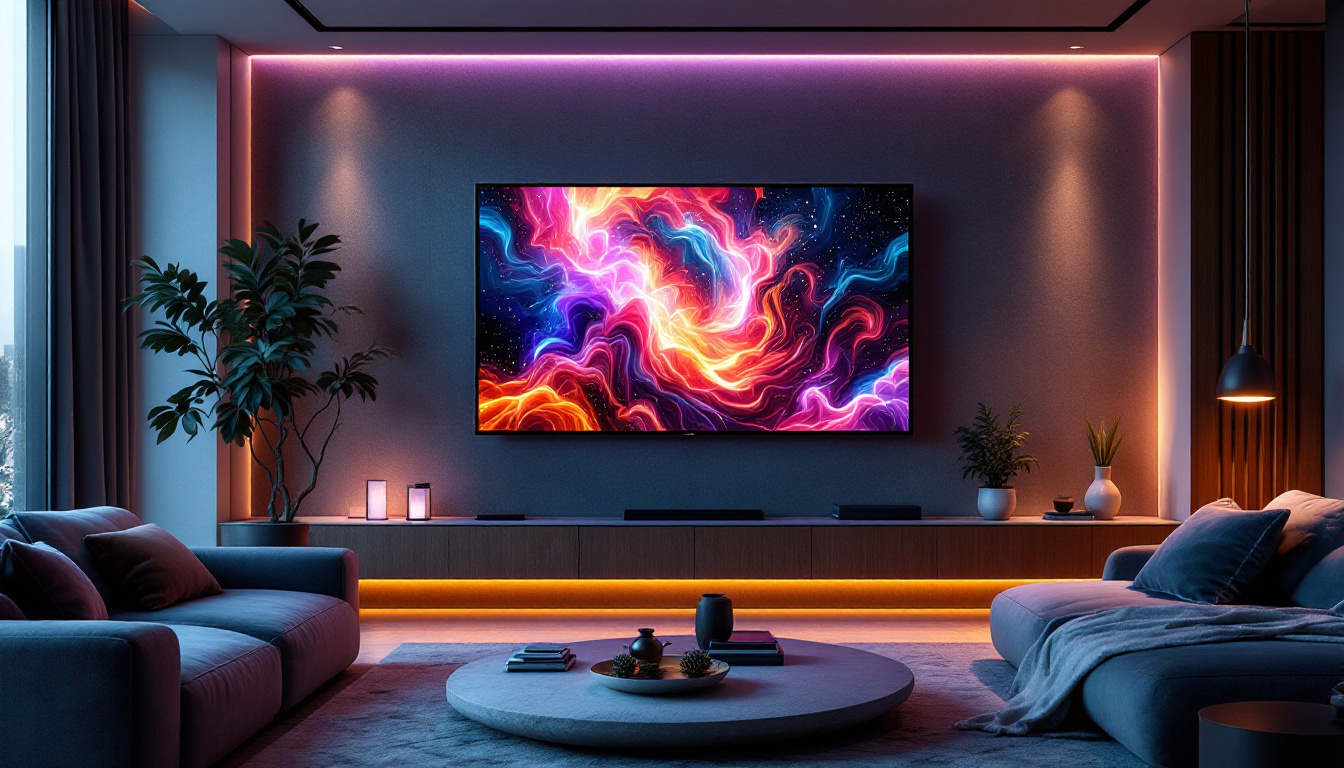The evolution of display technology has dramatically transformed how we consume visual content. Among the various types of displays, LCD and LED technologies stand out for their versatility and performance. This article delves into the intricacies of LCD big displays, particularly focusing on LED technology, its advantages, and its applications.
Understanding LCD Technology
Liquid Crystal Display (LCD) technology has become a staple in the world of screens, from televisions to smartphones. LCDs utilize liquid crystals sandwiched between two layers of glass or plastic, which manipulate light to produce images. While LCDs are often praised for their clarity and color accuracy, they have certain limitations that have led to the development of LED technology. The evolution of LCD technology has also seen advancements in energy efficiency and manufacturing processes, making them more accessible and affordable for consumers.
The Basics of LCD Operation
At the heart of LCD technology lies the manipulation of light. When an electric current passes through the liquid crystals, they align in such a way that they either block or allow light to pass through. This process creates images by varying the intensity and color of the light that reaches the viewer’s eyes. Typically, a backlight is used to illuminate the display, as liquid crystals do not emit light on their own. The backlighting can be provided by various sources, including fluorescent tubes or more commonly, LED lights, which have further enhanced the brightness and efficiency of LCD screens.
LCD screens are known for their thin profile, making them ideal for a wide range of applications, from portable devices to large-scale displays. However, the reliance on a backlight can sometimes lead to issues with contrast and color depth, particularly in darker scenes. In recent years, innovations such as local dimming have been introduced, allowing certain areas of the backlight to be turned off or dimmed, which significantly improves the overall contrast and enhances the viewing experience, especially for cinematic content.
Types of LCD Displays
There are several types of LCD displays, each designed for specific applications. The most common include:
- Twisted Nematic (TN): Known for fast response times, TN panels are often used in gaming monitors but tend to have poorer color reproduction and viewing angles. This makes them less suitable for tasks that require precise color accuracy, such as photo editing.
- In-Plane Switching (IPS): IPS panels offer better color accuracy and wider viewing angles, making them popular for professional graphic design and photography. Their ability to maintain color consistency from different angles is a significant advantage in collaborative work environments.
- Vertical Alignment (VA): VA panels provide better contrast ratios and deeper blacks, ideal for watching movies and playing games in dark environments. They strike a balance between the speed of TN panels and the color fidelity of IPS panels, making them versatile for both entertainment and productivity.
In addition to these common types, there are also advanced variations such as Super IPS and Advanced Fringe Field Switching (AFFS), which aim to combine the strengths of different panel technologies. These innovations continue to push the boundaries of what LCD technology can achieve, offering users an increasingly immersive and visually stunning experience across a multitude of devices.
LED Technology: A Bright Alternative
Light Emitting Diode (LED) technology represents a significant advancement in display technology. While LED displays are often categorized under LCDs, they differ primarily in their backlighting methods. Instead of traditional fluorescent backlights, LED displays utilize an array of tiny LEDs to illuminate the screen, resulting in numerous benefits.
Advantages of LED Displays
LED displays have gained popularity due to their numerous advantages over traditional LCDs. Some of the key benefits include:
- Improved Brightness: LED technology can produce brighter images, making them suitable for a variety of lighting conditions, including well-lit environments.
- Better Energy Efficiency: LED displays consume less power than traditional LCDs, which can lead to significant energy savings over time.
- Enhanced Color Accuracy: With the ability to produce a wider color gamut, LED displays offer more vibrant and true-to-life colors.
Types of LED Displays
LED displays can be categorized into several types, each designed for specific use cases:
- Edge-Lit LED: LEDs are placed along the edges of the screen, allowing for a thinner profile but potentially less uniform brightness.
- Full-Array LED: This type features a grid of LEDs behind the screen, providing better control over brightness and contrast, particularly in dark scenes.
- OLED (Organic LED): A more advanced technology where each pixel emits its own light, resulting in exceptional color accuracy and contrast ratios.
In addition to these types, there are also specialized LED displays designed for unique applications. For instance, MicroLED technology is emerging as a game-changer in the industry, utilizing microscopic LEDs that can be arranged in any configuration. This allows for modular displays that can be tailored to fit various sizes and shapes, making them ideal for everything from large-scale advertising billboards to intricate art installations. Furthermore, the durability of MicroLEDs means they can withstand harsher environments, making them suitable for outdoor use.
Moreover, the growing trend towards smart technology integration has led to the development of smart LED displays. These displays not only provide high-quality visuals but also include features such as touch interactivity, voice control, and connectivity with other smart devices. This evolution is particularly evident in the realm of digital signage, where businesses can update content in real-time, enhancing customer engagement and providing dynamic advertising solutions. As technology continues to advance, the potential applications for LED displays seem limitless, paving the way for more innovative and immersive experiences.
Applications of LCD Big Displays
LCD big displays, particularly those utilizing LED technology, have found applications across various industries. Their versatility makes them suitable for everything from entertainment to information dissemination.
Commercial Use
In the commercial sector, big LCD displays are commonly used for advertising and information sharing. Retail environments often employ large screens to showcase promotions, product information, and interactive content. The vibrant colors and sharp images of LED displays can capture the attention of potential customers, driving engagement and sales.
Moreover, LCD big displays are increasingly used in corporate settings for presentations and video conferencing. Their ability to display high-definition content ensures that all participants can see and understand the information being shared, regardless of their seating position. This is particularly beneficial in large conference rooms where traditional projection methods may fall short. Additionally, the integration of touch technology allows for interactive presentations, enabling presenters to engage with their audience more dynamically and effectively.
Entertainment and Media
The entertainment industry has embraced big LCD displays for various applications, including movie theaters, concert venues, and sports arenas. These displays provide an immersive experience, enhancing the visual impact of films and live events. In cinemas, for instance, the transition from traditional projection to large LCD screens has revolutionized the viewing experience, offering sharper images and better color accuracy that transport audiences into the narrative.
In addition, gaming has seen a significant shift towards larger displays. High-definition big LCD screens with LED technology allow gamers to experience their favorite titles with stunning visuals and rapid response times, creating a more engaging gaming environment. The rise of esports has further fueled this trend, as competitive gaming events often feature massive LCD displays to ensure that both in-person and online audiences can enjoy the action in real-time. Furthermore, these displays are not just limited to gaming; they are also utilized in virtual reality setups, where large screens can complement headsets to create a more immersive experience by displaying additional information or enhancing the virtual environment.
Future Trends in Display Technology
The landscape of display technology continues to evolve, with several trends shaping the future of LCD big displays and LED technology.
Advancements in Resolution
As technology progresses, the demand for higher resolution displays is on the rise. 4K and 8K resolutions are becoming more common in big LCD displays, offering unparalleled clarity and detail. This trend is particularly significant in professional environments, where precision is crucial, such as in graphic design, video editing, and medical imaging.
Smart Display Integration
Another trend is the integration of smart technology into big LCD displays. With built-in connectivity options, such as Wi-Fi and Bluetooth, these displays can connect to various devices, allowing for seamless content sharing and interaction. This capability enhances the user experience, making it easier to access and display information in real-time.
Challenges and Considerations
While LCD big displays and LED technology offer numerous advantages, there are challenges and considerations to keep in mind.
Cost Factors
The initial investment for high-quality big LCD displays can be significant. While prices have decreased over the years, premium models with advanced features still come with a hefty price tag. Organizations must weigh the long-term benefits against the upfront costs to determine the best option for their needs.
Environmental Impact
As with any technology, the environmental impact of display manufacturing and disposal is a concern. The production of LCD and LED displays involves the use of various materials and chemicals, which can contribute to environmental degradation if not managed properly. Companies are increasingly focusing on sustainable practices and recycling programs to mitigate these effects.
Conclusion
In conclusion, LCD big displays, particularly those utilizing LED technology, have revolutionized the way visual content is presented and consumed. With their superior brightness, energy efficiency, and vibrant color reproduction, these displays are well-suited for a wide range of applications, from commercial use to entertainment.
As technology continues to advance, the future of display technology looks promising, with trends such as higher resolutions and smart integration shaping the landscape. While challenges remain, the benefits of LCD big displays and LED technology are undeniable, making them a crucial component of modern visual communication.
Discover LumenMatrix’s Innovative LED Displays
Embrace the future of visual storytelling with LumenMatrix’s comprehensive range of LED display solutions. As a pioneer in LED display technology, LumenMatrix offers an array of products designed to elevate your brand’s presence and captivate your audience. From Indoor and Outdoor LED Wall Displays to specialized options like Vehicle, Sports, and Floor LED Displays, our custom and All-in-One LED solutions are crafted to deliver unparalleled visual experiences. Whether you’re looking to enhance your commercial space, engage fans at a sporting event, or make a bold statement with Transparent LED Displays, LumenMatrix is your partner in revolutionizing visual communication. Check out LumenMatrix LED Display Solutions and see how we can help you share your message with impact and clarity.

